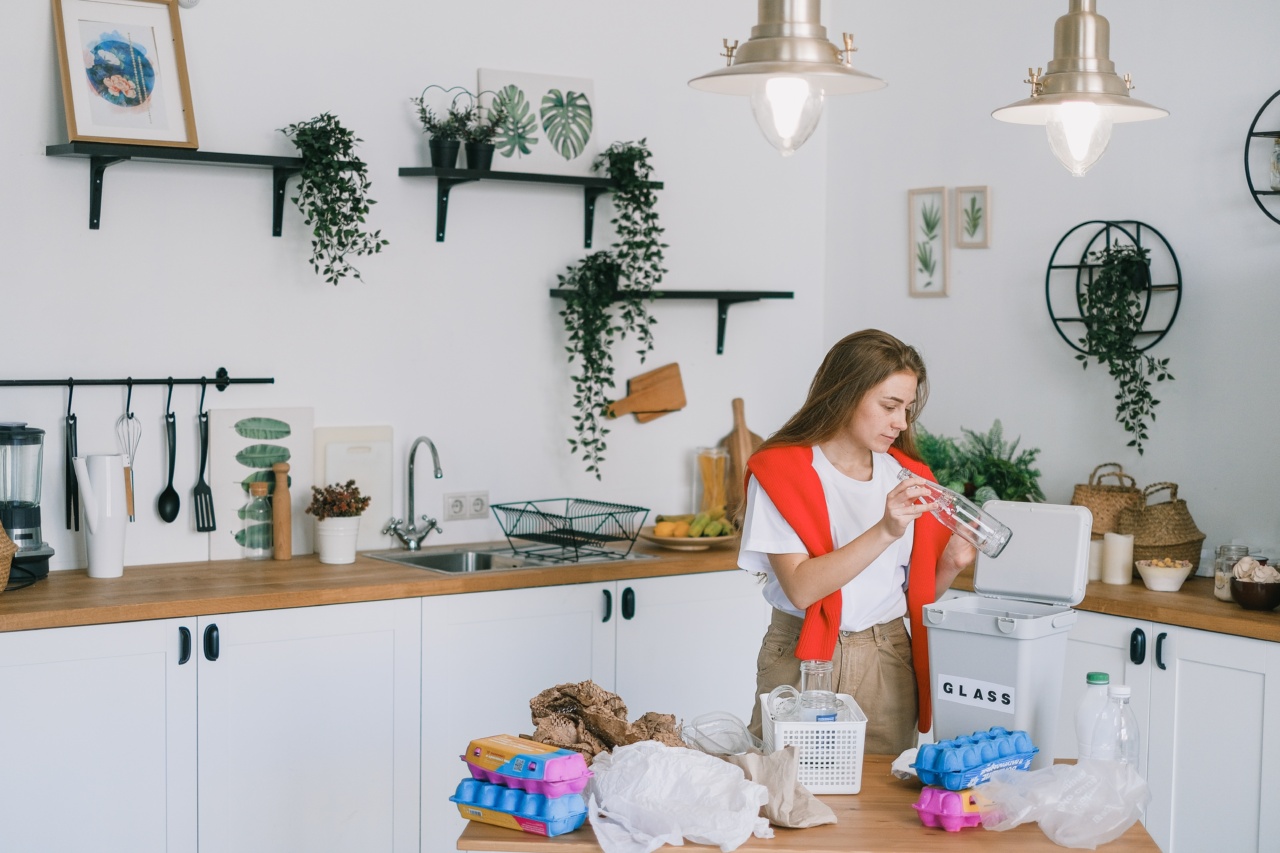Legumes are a great source of plant-based protein, fiber, and other essential nutrients, but for some people, they can also cause bloating and other digestive issues.
Fortunately, there are ways to prepare legumes that can reduce their gas-producing properties and make them easier to digest. Here are some tips for preparing legumes that are more gut-friendly:.
1. Soak them overnight
Soaking legumes overnight can help reduce their gas-producing properties. Simply place the legumes in a large bowl and cover with enough water to submerge them completely. Let them soak overnight or for at least 8 hours before cooking as usual.
This can help break down some of the complex carbohydrates in the legumes that can cause gas.
2. Use aromatics
Aromatics like herbs, spices, and vegetables can add flavor to legumes and also help reduce bloating. Adding ginger, cumin, or fennel seeds to legumes can help improve digestion and reduce gas.
Onions, garlic, and carrots can also help break down complex carbohydrates and improve overall digestive function.
3. Cook them thoroughly
Cooking legumes thoroughly can help make them easier to digest. Some legumes need to be cooked for a longer period of time than others, but most can be cooked in 30-60 minutes, depending on the method and the type of legume.
Overcooked legumes can be mushy, so it’s important to check them frequently and remove them from heat when they’re just done.
4. Use a pressure cooker
Using a pressure cooker to cook legumes can reduce cooking time and also make them more gut-friendly. The high pressure and heat can break down the complex carbohydrates in the legumes more effectively, making them easier to digest.
Pressure cookers can also help seal in the nutrients and flavors of the legumes, making them more delicious and nutritious.
5. Add vinegar or lemon juice
Adding a small amount of vinegar or lemon juice to legumes can help reduce bloating and also improve flavor. The acidic properties of vinegar or lemon juice can break down complex carbohydrates and make legumes more digestible.
Simply add a tablespoon or two of vinegar or lemon juice to the legumes while cooking.
6. Start with small portions
If you’re trying to reduce bloating and other digestive issues associated with legumes, it’s important to start with small portions and gradually increase as your body gets used to them.
Eating too many legumes at once can overwhelm your digestive system and cause discomfort. Start with a half-cup serving and gradually increase as your body tolerates them better.
7. Choose the right legumes
Some legumes are easier to digest than others. Lentils and split peas, for example, are generally easier to digest than beans or whole chickpeas.
If you’re just starting to incorporate legumes into your diet, it’s a good idea to start with the easier-to-digest varieties and gradually work your way up to other types.
8. Consider using digestive aids
If you’re still experiencing bloating and other digestive issues after trying these tips, you may want to consider using digestive aids like digestive enzymes or probiotics.
Digestive enzymes can help break down complex carbohydrates in legumes, while probiotics can help improve overall gut health and function. Consult with a healthcare professional before starting any new supplements.
9. Chew thoroughly
Chewing legumes thoroughly can also help improve digestion and reduce bloating. Chewing breaks down the complex carbohydrates in the legumes more effectively and also helps release the enzymes in your saliva that aid in digestion.
Take the time to chew your legumes well, and avoid swallowing large pieces that can be difficult to digest.
10. Stay hydrated
Finally, staying hydrated is important when consuming legumes. Drinking water and other fluids can help flush out any gas or bloating caused by legumes and also aid in digestion.
Aim for at least 8 cups of water per day, and more if you’re consuming a lot of legumes.






























